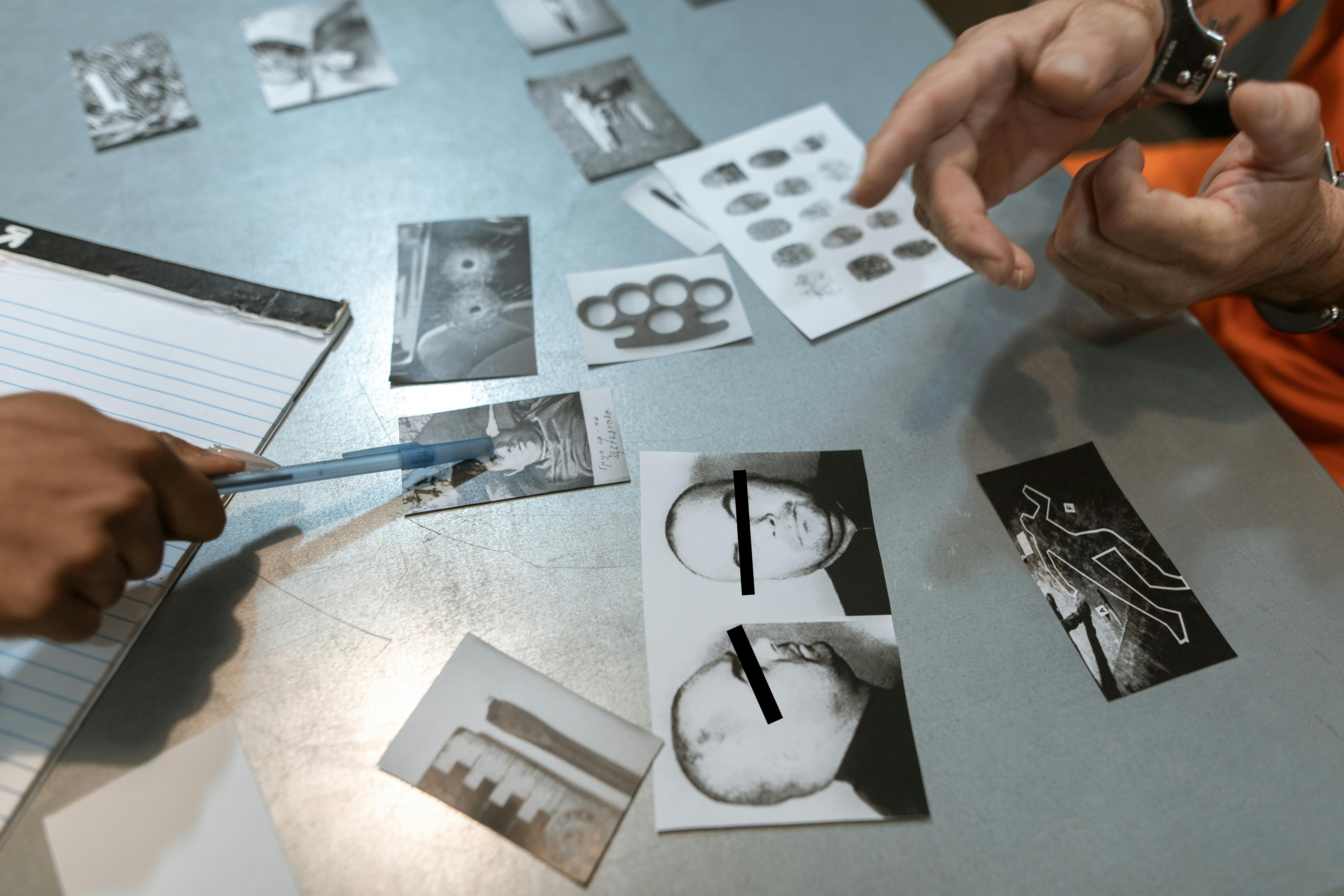Ffirst impression
Instill Trust
Reduce anxiety
Sincerant darling
Teach
First impressions are paramount
“You don’t have a second chance to make a first impression.” The non-verbal message your patient receives in the first few seconds affects how they will perceive you, the rest of the staff, and their entire experience in the department and the hospital. To better understand how your patients see you, ask another staff member for their opinion on how you might make a better first impression. We can all improve in this area and an outside observer can be the mirror to see more clearly the habits that need to be adjusted.
1) Body Language: Before greeting the patient and family, pause and breathe deeply to slow down. You don’t want to seem rushed on this critical first contact, no matter how busy he is. Focus on the here and now, not the last case or lunch in 30 minutes. This may seem trivial, but it has a great effect on the patient’s perception of how he cares about his work and, subsequently, how he will value and care for it.
2) Physical Appearance – Yours – Don’t underestimate the effects of clean, wrinkle-free scrubs, a name tag, and proper grooming. If blood or betadine stains come out anywhere, change. A patient will not trust a caregiver or department they perceive as neglected because it will translate into a careless and ambivalent attitude about their work.
The Department: Physical appearance is essential for the department and especially for the procedure room. Make sure that the contrast and blood spatter are removed from the C-arm, monitors, and other objects that patients see when they sit and lie on the table. Put your head down there and look up and around to see what they see. You’ll be surprised. The room should look like the first case of the day for each case. Self-assess the room by looking at it as the patient walking through the door.
3) Eye contact and facial expressions – This is the most important thing you can do. When you approach the patient, smile when you make eye contact for the first time, as if it were a friend that you are glad to see. As you introduce yourself, shake hands firmly and confidently and while shaking hands hold it for three seconds while looking into their eyes and saying “we’re going to take good care of you.” They will believe you. Then shake hands with friends and family. These people are your allies in the hospital and after discharge. They will observe the patient better than the floor crew and assist with patient compliance throughout the recovery process.
Infuse confidence by showing respect
Ask the patient how he is feeling right now and what worries him the most. This allows them to express themselves to you and allows you to focus on your personal concerns. Introduce yourself by name and tell them your responsibilities during the procedure. Also mention the other staff members and their responsibilities. Compliment a staff member or doctor to increase the patient’s confidence in the team.
After the introductions, whisper in the patient’s ear and ask them if they want you to review their relevant medical history and procedure with their family / friends present or if they want you to do it in private. This will let the patient know that you value them and their privacy. If they want privacy, before taking family and friends into a waiting room, ask them if they have any questions and take the time to fully answer them.
Briefly review the patient’s main complaint, his hospitalization, and what led him to this point.
Never lie to a patient or your partner. If they have a complaint, listen to them and then tell them what you are going to do about it and ask if that will solve their problem.
Reduce anxiety
All of these FIRST steps will help reduce stress, allowing you to do a better job of improving the quality of information you provide in your medical history, decreasing the amount of medications you will need for sedation, and improving your understanding and adherence to instructions. intra and post-procedure.
Laughter is also very useful. If you have a sense of humor that allows you to make the patient laugh, this is a great advantage. Always be courteous and considerate in this area.
Sincere affection and competence
Your patients know that if you sincerely respect and value them, their subsequent actions will be motivated with their best interests in mind. This is best communicated by showing them with their actions.
Touch them in a way that subtly communicates warmth and concern. For example: 1) When inspecting your IV site, simply do not push around the area with the tip of one finger, instead, hold her hand in yours and cradle your forearm in your other hand, then gently feel around the site. of IV. 2) When checking the distal PD and PT pulses, hold the foot with one hand while palpating the pulses with the other. 3) Especially if they have A. Fib. or SVT, teach them how to take their pulse by holding their hand, helping them find a radial pulse, and counting it for 15 seconds. It accomplishes the same thing but communicates much more with an extra touch.
If you have a blanket warmer, and if you don’t need to request one, place a warm blanket over them as soon as they arrive in your pre-procedure area or room. Also, place the electrodes, defibrillation pads, and grounding pad on a warm blanket before putting them on the patient. Placing these items inside the blanket warmer will cause them to get too hot. Icing the cake involves placing a warm blanket on the table before moving the patient. They will extrapolate their attention to these details, paying equal attention to all the essential details of the procedure.
If you really want to stand out, go to the patient’s head at the beginning of the procedure and talk to them about what they are going to feel just before it happens. This will have a tremendously calming effect and is worth a couple of mg. from Versed, as they will not feel alone and vulnerable. Anxious patients will love you for this.
To teach
Teaching begins when you meet the patient, family, and friends for the first time. I like to tell patients, “This is my first case. Can you tell me why you are here and what are we supposed to do today?” If you have presented yourself with confidence and competence, it will add some comic relief and your response will allow you to assess your level of knowledge. If you look exhausted, they will believe you and freak out even more.
Then describe the procedure, specifically mention the sensations they will experience. A flat, hard bed, medications that make you sleepy or numb with anesthesia, oxygen in your nose, a sharp prick, and a burning sensation in your groin from the numbing medication, pressure as if someone is pressing with a finger as you pass the IV tube inside, and racing and beating in the heart during the test. Assure them that this is all normal. Tell them if they are unsure about something to let them know right away.
If it is not taught, the patient will not know what is normal vs. what is terribly wrong and they will think the worst. This only takes a minute, but it puts the pieces together and helps you understand what has been going on with your body and your life.
At the end of the procedure, review with the patient and loved ones the results of the procedure, the next steps in their care, and the post-procedure instructions. Hopefully your doctor has already told you, but your high stress level will create poor retention and repetition will be necessary. Also, ask other important people to help the patient follow these post-procedure instructions. They will be better problem monitors than the floor staff and will also monitor the patient at home.
Summary
Patient satisfaction is becoming more important in today’s competitive business environment. Hospitals spend a lot of time and money encouraging employees to improve patient satisfaction scores. This includes telling employees to remind patients to “give me a 10 when they get a follow-up call.” This approach affects me like Ipecacuana. Follow the steps outlined above to exceed the expectations of your patient and the hospital.


